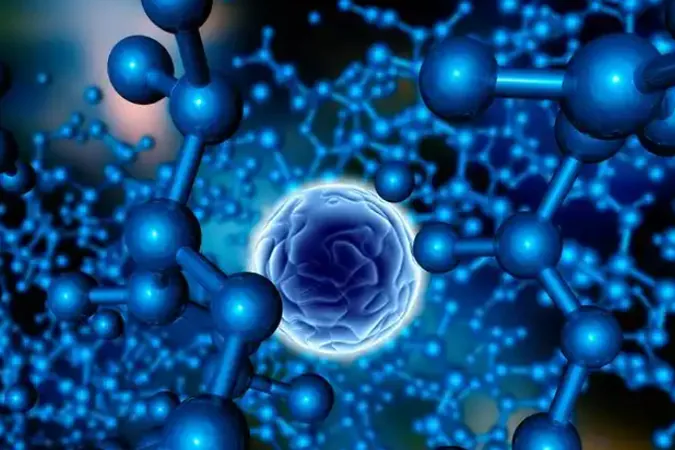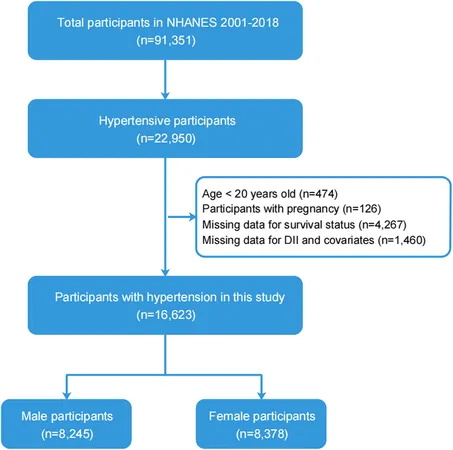
Groundbreaking Research Unveils Dynamic Supramolecular Snub Cubes: A New Era in Materials Science!
2025-01-16
Author: Rajesh
In an exciting development that could reshape the landscape of supramolecular chemistry, a team of scientists has successfully constructed dynamic supramolecular snub cubes, as reported by Tianjin University, a key player in this international research initiative.
Historically, the assembly of artificial polyhedra, particularly those with distinct mechanical properties and guest-binding capabilities, has presented a significant challenge. These properties are reminiscent of the natural encapsulants found in nature, like viral capsids and ferritin, which serve critical functions in biological processes.
One fascinating subject within this study is the snub cube itself—a complex structure that is one of the 13 Archimedean solids first described by the revered Greek mathematician Archimedes. The snub cube's unique topological chirality and intricate nature have captivated scientists for centuries. Until now, however, realizing a precise stereospecific assembly of this polyhedron had proven to be a formidable task.
To achieve this feat, the research team employed a hierarchical chirality transfer protocol, allowing them to successfully assemble enantiomeric supramolecular snub cubes. These remarkable structures boast a staggering 38 faces, an external diameter of 5.1 nanometers, and a spherical void measuring 2.3 nanometers in diameter.
Impressively, these newly developed cubes exhibit reversible photochromic behavior, enabling them to change colors when exposed to varying wavelengths of light. Additionally, they possess controllable mechanical properties, including elastic and hardness adjustments that can be manipulated through light exposure.
The implications of these findings are vast. The chiral porous superstructure of the snub cubes may pave the way for advancements in numerous fields, including chiral separation techniques and novel drug delivery systems. Such versatility opens exciting avenues in biomedicine, materials engineering, and beyond.
Hu Wenping, the mastermind behind the project from Tianjin University, emphasized the transformative potential of this fundamental research, stating that it could catalyze innovations spanning numerous disciplines—from cutting-edge materials to breakthroughs in chemical engineering.
The groundbreaking results of this study have recently been published in the esteemed journal *Nature*, highlighting the significant strides this research represents in the quest for smarter, more efficient materials that could change the future of technology. Stay tuned as we continue to explore more about this revolutionary discovery and its potential applications!




 Brasil (PT)
Brasil (PT)
 Canada (EN)
Canada (EN)
 Chile (ES)
Chile (ES)
 Česko (CS)
Česko (CS)
 대한민국 (KO)
대한민국 (KO)
 España (ES)
España (ES)
 France (FR)
France (FR)
 Hong Kong (EN)
Hong Kong (EN)
 Italia (IT)
Italia (IT)
 日本 (JA)
日本 (JA)
 Magyarország (HU)
Magyarország (HU)
 Norge (NO)
Norge (NO)
 Polska (PL)
Polska (PL)
 Schweiz (DE)
Schweiz (DE)
 Singapore (EN)
Singapore (EN)
 Sverige (SV)
Sverige (SV)
 Suomi (FI)
Suomi (FI)
 Türkiye (TR)
Türkiye (TR)
 الإمارات العربية المتحدة (AR)
الإمارات العربية المتحدة (AR)